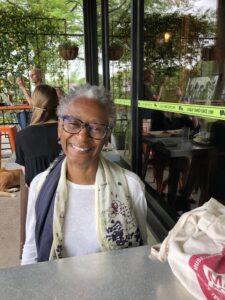
Toni, one of the amazing students at Yoga District, reflects on being a black woman and also her journey with yoga.
Find out how this poet and aspiring astrophysicist approaches life – she is an inspiration to us all.
How would you describe your journey into yoga?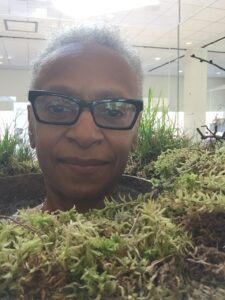
The journey began in 1991. David Fabrey, a thoughtful naturopath in Cincinnati, guided me to yoga(1). He’d gotten me started with therapeutic massage, for which I remain fully grateful, to treat my chronic back pain. My family was about to relocate back to California, and during my last session with him he suggested I find a yoga studio as part of settling in. One of the moms from my daughter’s new kindergarten class held a yoga class at her home once a week. I loved the vibe and movement immediately and sought out a studio to join.
Tell us about your background?
I’ve lived in a bunch of places: California (San Francisco and, later, the Central Coast), Ohio, Virginia, Harlem, in and out of D.C. I grew up in Central New Jersey and went to school in Massachusetts and Denmark. The arts and movement are reliable through lines in my life; they’re the touchstones I rely on to keep myself healthy. I’m a poet, writer and editor who swims and draws and (still) wants to be an astrophysicist and fiber artist. As my mother’s only child, I now spend a good deal of time looking after her. I have superb children and fascinating granddaughters.
How did you become part of the Yoga District Community?
I frequented Yoga District H Street when my daughter lived just down the alley from the studio. During the pandemic I’ve taken some online classes and kept in touch. Yoga District felt right to me from the beginning, which is why I’m still part of the family.
What’s the best part of being a yogi?
The best part is the practice. It’s pervasive. There’s nothing in life that can’t be improved or deepened from an adjustment, or pranayama, or stretching/exploring/dropping in “just a little more.”
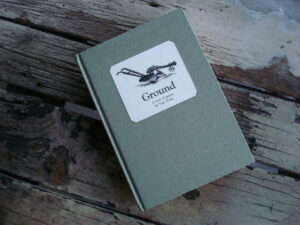 What do you think about when you hear “Black History Month (BHM)?
What do you think about when you hear “Black History Month (BHM)?
Well I used to see dollar signs because that’s when I made the most money from readings and creative writing workshops. Now I appreciate how black people are driving the overall conversation and creating fubu events. I consult with museums and historic sites, often rewriting stories to recount history from the perspectives of people of color. The idea of BHM as a single month only works for me in terms of it being a focused time for annual celebration.
Is there a specific black person from history and one from today that inspires you?
Harriet Tubman is my main. My work has brought me great riches by allowing me to do a deep dive into her life — especially her girlhood and her relationship to her homeplace. She was a premier strategist and tactician. And she was really short, like me.
Today, I’m loving the work of LaTanya Autry as she unmasks colonialist gatekeeper-clowns who hold cultural institutions back from vibrancy (2). She’s got Harriet energy.
What does being a black person mean to you?
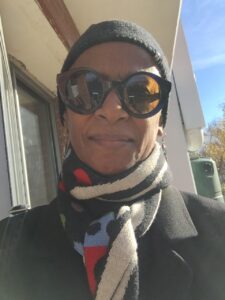
Vision and privilege. I get to be an old black woman! You know how lucky I feel to be in community with generations of dazzling griots and innovators? “Check your privilege” has lots of implications. I’ve got to make sure I’m using my privilege for the highest good — bringing and using the energy where it’s useful and well-fed.
What does being a feminist means to you?
It’s a core human condition for me. A sensibility that affirms and respects girls’ and women’s humanity, power, and self-determination without exception.
Who is a feminist who inspires you? Why?
Most of my friends’ husbands. They’ve done really well supporting overall badassery through the years. I love and appreciate them.
Was there ever a point that you did not feel included in a yoga class?
I’ve been the oldest in the room more than once. I don’t have a body that does all the sweet moves it used to do so fluidly. I’ve got to use all the props, use my hands to guide my legs into position, take an extra minute in a supine twist or child’s pose. So it’s not just about BPOC inclusion, it’s also (and often) an age-related vibe that can feel uncomfortable. I just bring myself to the mat and, if I have to, breathe into a grateful space. It is absolutely helpful when the yogini/yogi and fellow students make me feel seen. Something as simple as an opening nod can make a huge difference.
Intersectionality is useful here, but I’d interrogate “inclusivity.” Possibly look for whole new ways of holding yoga classes. I think the pandemic is birthing inspired pathways.
What are some issues facing feminists and female-identifying people practicing yoga today, in yoga studio classrooms or beyond? How do you think we should respond to these issues?
Since power remains a central issue, I lament the power of body image. Yoga studios in this country have a way to go re: creating and sustaining welcoming spaces for practice for everybody. I’m not convinced that inclusion is the answer, since the model itself is likely a flawed one. Leadership by differently bodied people would move the needle.
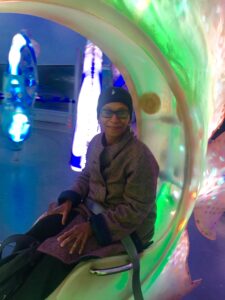 If you could take a yoga class with anyone, who would teach the class, and whose mats would be next to yours?
If you could take a yoga class with anyone, who would teach the class, and whose mats would be next to yours?
I’m gonna sound like Dr. Doolittle here, but I’d love to take a yoga class from a whole range of animals and people. Without forethought, they do the best, most healthful poses. Maybe have a spider next to me, a couple of little kids in front, along with folks from India who know the history and lineage of practice to ground us.
What would you say to your teenage self?
Don’t ignore injuries; they come back to haunt and limit you.
Source
- Naturopathic Medicine, https://www.webmd.com/balance/guide/what-is-naturopathic-medicine#1
- LaTanya Autry, https://artstuffmatters.wordpress.com/about/

